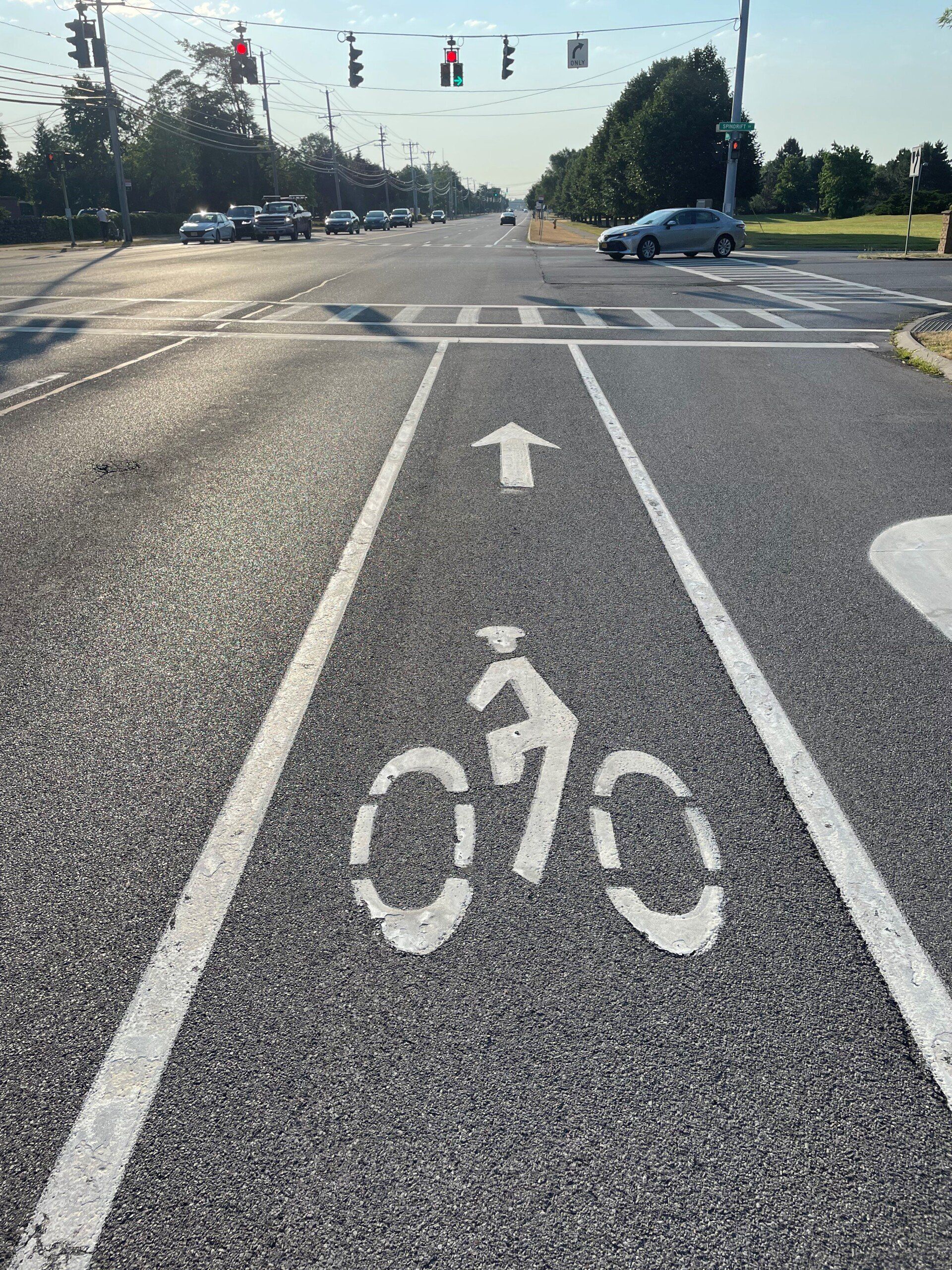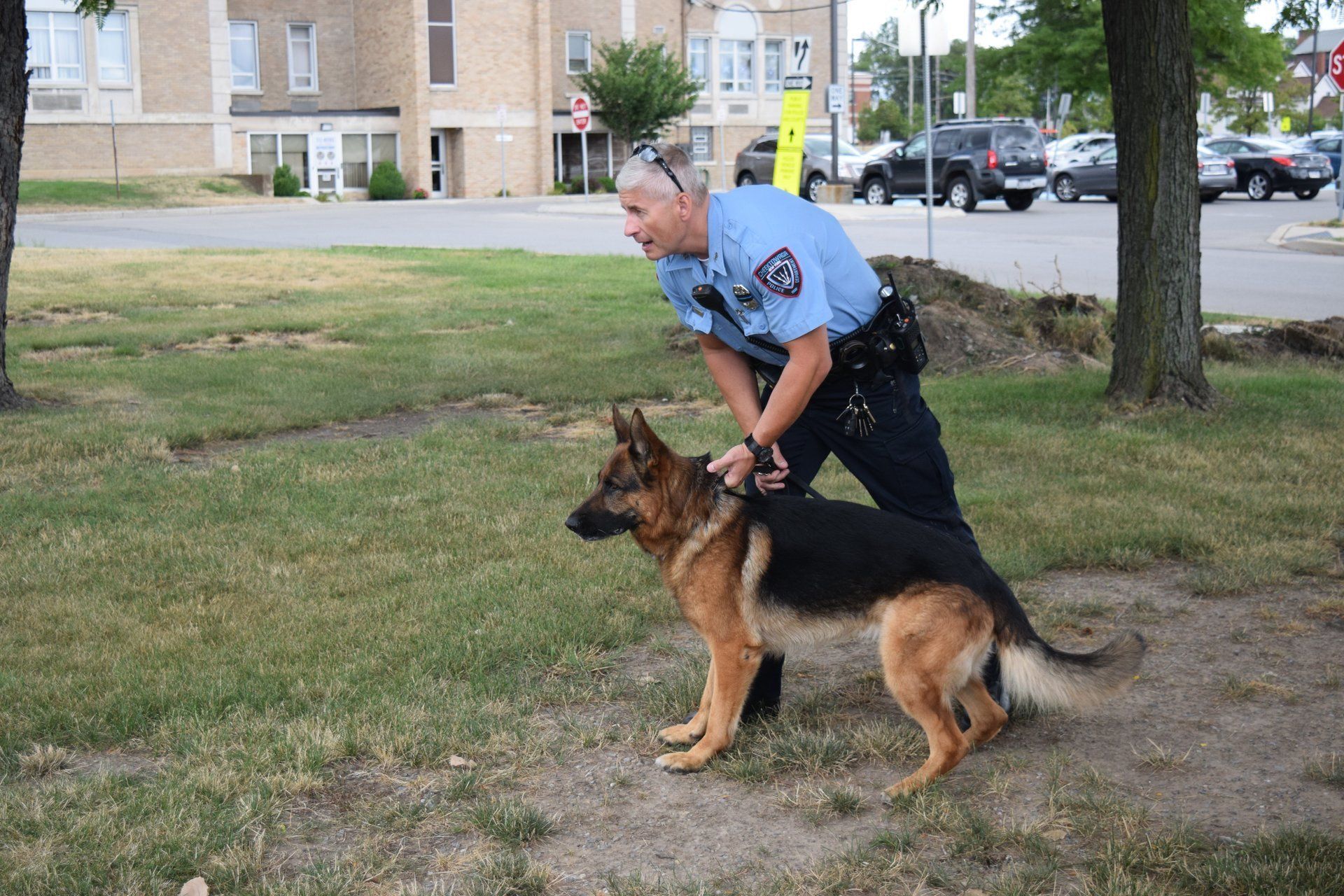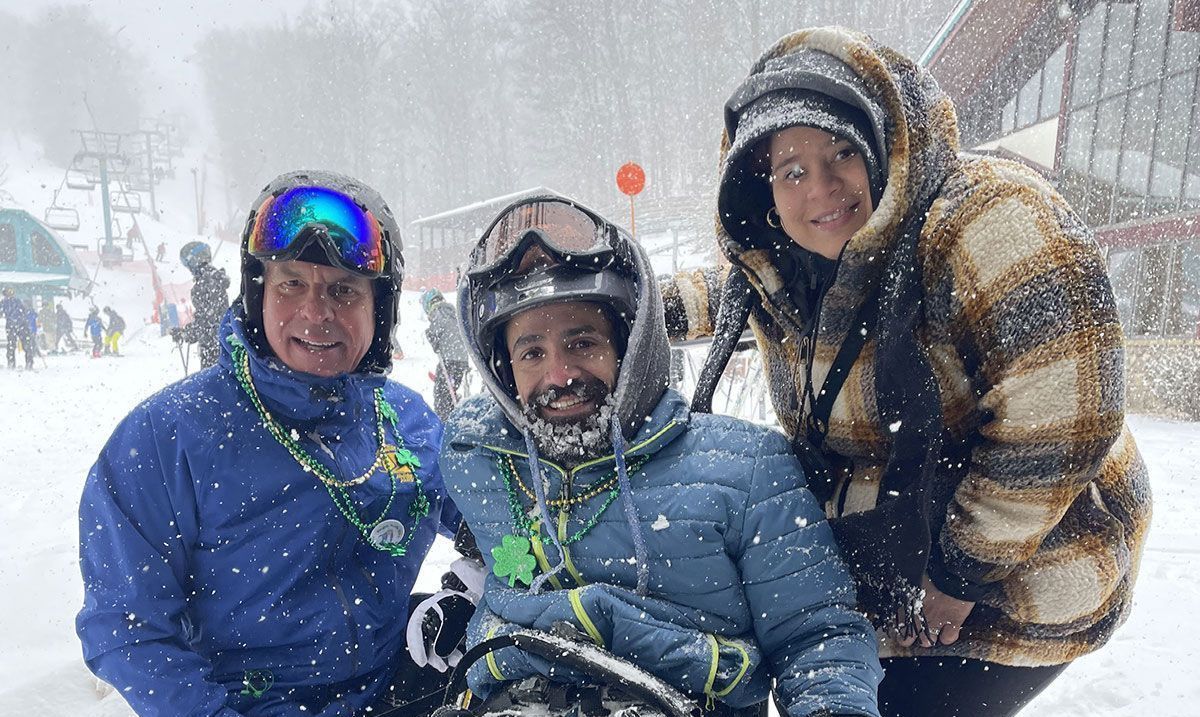
Working Dogs and their Differences

Working Dogs and their Differences
By Emily Kaznica
As the former Executive Director of the Erie County Office for the Disabled, one of my duties was to provide information to the community on services pertaining to individuals with disabilities. My favorite training lesson involved “Working Dogs and their Differences”.
Have you ever seen a “working dog”? Years ago, when you saw a dog in a harness, you might have thought that this was a guide dog for the blind.
Today there are many types of “working dogs”. They come in different breeds, sizes, colors, and shapes.
There are dogs who assist people who are blind, deaf, seizure prone, para/quadraplegics, and autistic. Also, some people have emotional problems as well as other disabilities, and need a Service Dog in order to live independently in the community. Research is being conducted to discover dogs' abilities to detect many other types of illnesses/medical conditions.
In the field of law enforcement, dogs are used to detect bombs, narcotics, cadavers, and causes of arson. In addition, some officers/handlers might use an attack dog for protection when they are in dangerous situations. They are continuing to work with the dogs' keen sense of smell to further develop their abilities to detect many types of chemicals, odors and drugs.
You may see a Service Dog in a restaurant, church, store, airport, hospital, office building, on public transportation, etc. When you see one of these dogs, you should not attempt to pet or talk to that dog. You may distract the dog from doing its job, leading to a possible accident or injury to its owner/handler. You may ask about the dog, but you might not get the answer you were looking for. Every dog is different, and so are their owners. Some owners are friendly and welcome questions, while others might not want to be disturbed. So don't assume anything. Always ask, and don't take their response personally. Remember: like dogs, people have differences too.
Most of these service dogs come from various agencies. They are raised differently, have variations in the type and length of training, work with numerous reward methods, and develop skills in how they will interact in the community and with the public. These dogs work hard to please their owner/handler. These bright animals make their owners aware of their surroundings, possible imminent dangerous situations, have different feeding regimens, and are taught relevant commands to their particular job. They do not get paid, but they earn the love of their owner /handler and usually give that unconditional love back.
When it is time to retire, in most cases these wonderful dogs stay with their owner/handler. Like us, they enjoy the rest of their lives being a companion and a best friend.

424 Main Street, Ste 1904 ❖ Buffalo, NY 14202 ❖ (716) 847-2600
Serving Amherst, Batavia, Buffalo, Niagara Falls, Cheektowaga, Clarence, Hamburg, Lancaster, Orchard Park, West Seneca, Rochester, Syracuse, NY & the Surrounding Community
ATTORNEY ADVERTISING




